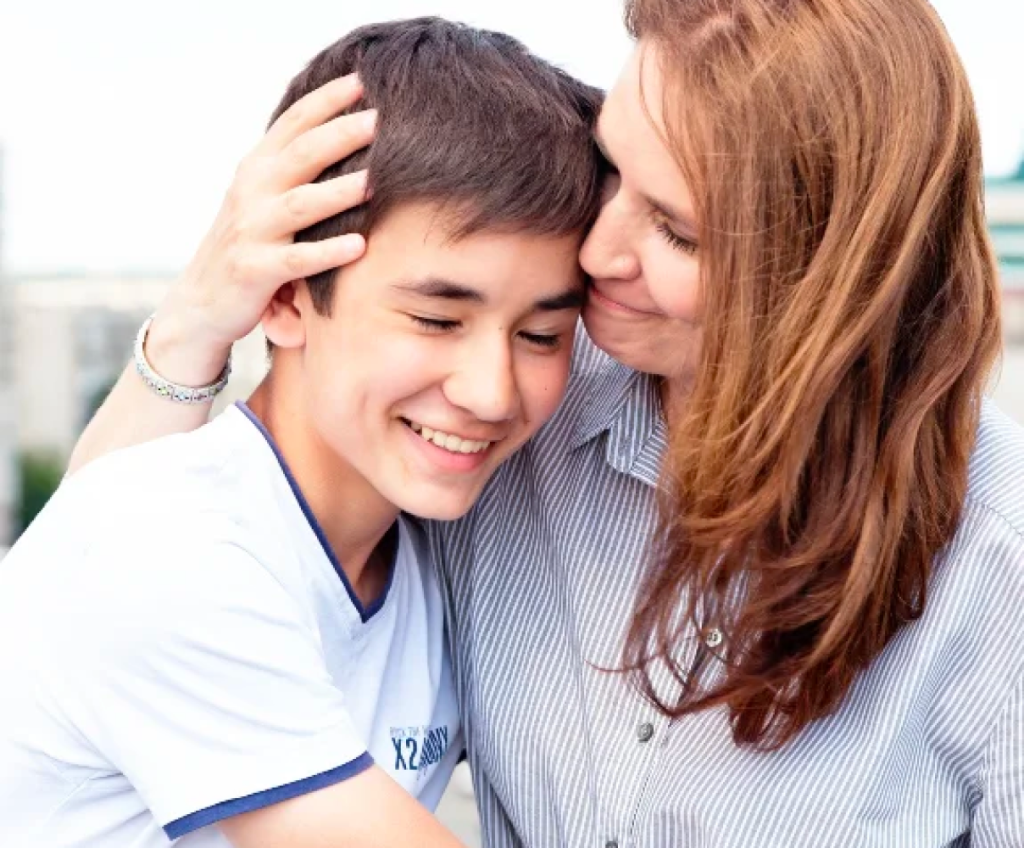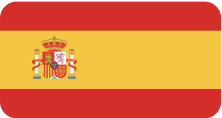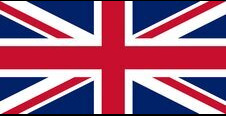Video for Teenagers
Migraine Help For Teens & Parents
Migraine is a common neurological condition amongst teenagers. .While migraine symptoms may vary, migraine amongst teenagers can be debilitating, impacting school attendance, performance of physical activity and socialisation. Many teens miss days at school or social activities due to migraine attacks, head pain, vomiting, or other associated symptoms. It can be challenging for teens to study and maintain friendships when they constantly deal with migraine pain. Parents of teens with migraines preferring a drug-free alternative to traditional medications should ask their child’s healthcare practitioner about NerivioTM. This wearable device is designed for migraine treatment and prevention, meeting stringent European safety and quality standards. Suitable for patients aged 12 and older, NerivioTM is discreet, easy to use, and empowers your teen to manage their treatment effectively.
How to Spot the Symptoms of a Teenager’s Migraine
Many of the migraine symptoms teens experience are similar to those adults have. In addition to mild to severe throbbing headaches on one side of their head or on both sides, teens may experience vomiting, nausea, sensitivity to light or sound, or neck pain, during the time of the headache. Some teens may experience aura before the headache strikes (Aura Phase), including visual disturbances, like seeing flashes of lights or zigzags. They may also feel a tingling sensation in their body. Not all children or teens experience aura. Head pain may follow warning signs (Prodrome Phase) like neck stiffness, fatigue, sensitivity to light, sensitivity to sound, irritability, mood swings. Other warning signs may include cognitive impairment, sensitivity to smell, nausea or vomiting, yawning, dizziness or vertigo, or food cravings. Following the migraine headache (Postdrome Phase), some teens experience a hangover-like mental fog, inability to concentrate, depressed mood or euphoric mood. Migraine attacks in teens are typically briefer than those in adults. Symptoms such as vomiting and abdominal pain may be more pronounced than head pain.

What Causes Migraine in Teens?
Teen migraine causes can vary from person to person. For some, it may be hormone related. As hormone levels change throughout puberty, teens, and especially teenage girls, may experience more headaches. The causes of migraine in teenage girls are often hormone related. A decrease in estrogen levels a couple of days before the beginning of a monthly period is a common cause for menstrual migraine. Causes of migraine attacks in teenage boys might be hormone related if they have higher-than-normal estrogen levels in their bodies. Other common causes for migraine in teens are genetic predisposition and other physiological causes. Stress, dehydration, lack of sleep, skipping meals, too much caffeine, caffeine withdrawal, motion sickness, weather changes, alcohol, or certain foods are all possible triggers that might increase the probability for a migraine attack, and the severity of the attack. Teens may also experience a migraine after consistently getting too much screen time on phones, laptops, TV, or gaming devices.
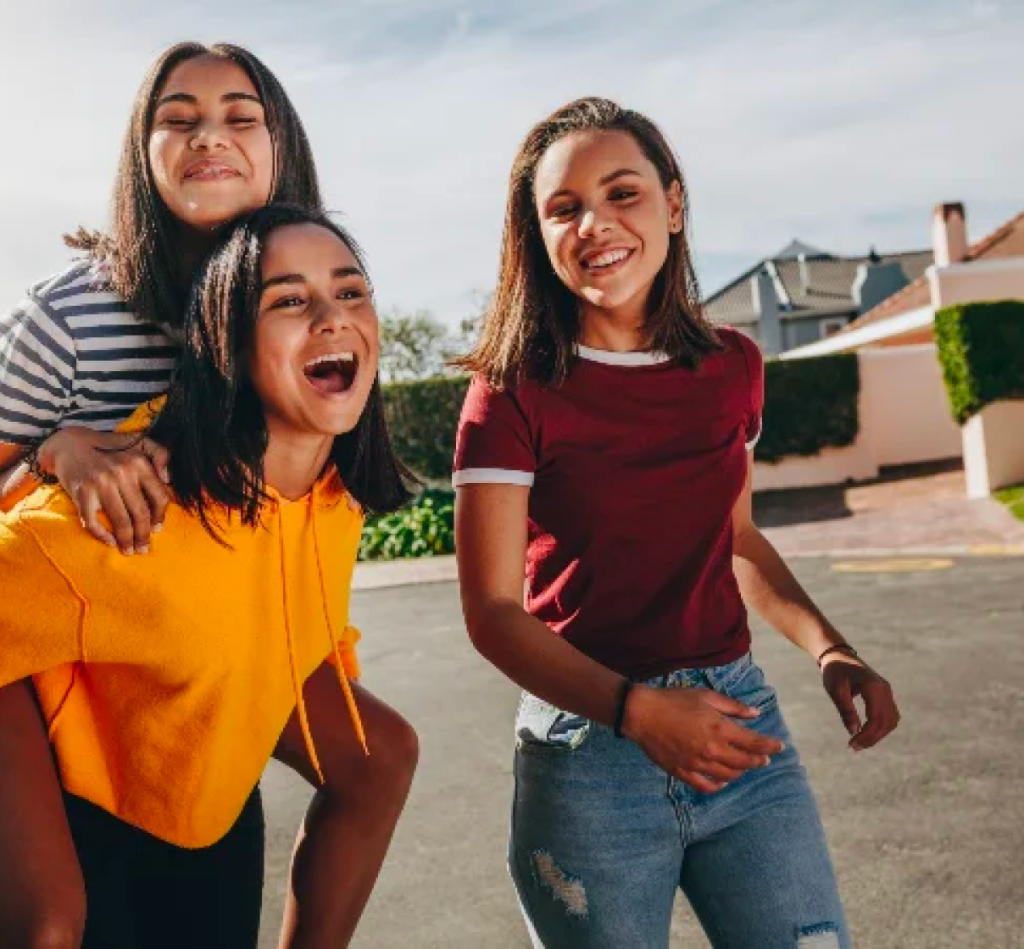
Migraine Relief for Teens
Each teen experiences migraine differently and finding relief may seem elusive. Parents may wonder what the best migraine treatment for their teenager is. While at-home remedies like breathing exercises, drinking plenty of water, engaging in mild exercise, and getting plenty of sleep may help ease or prevent symptoms, you can also ask your teen’s doctor about safer, drug-free alternatives like NerivioTM. NerivioTM offers children ages 12 and up a discreet and drug-free option to treat and prevent migraine. An open-label clinical study demonstrated that the incidence of device-related adverse events is very low, supporting the safety and tolerability of NerivioTM. NerivioTM works safely and effectively by activating natural pain pathways to inhibit migraine and associated symptoms. This app-controlled, wearable device is suitable for self-use at school. Your child can go about their daily routine while wearing NerivioTM discreetly under a shirt or jacket. Always consult with your healthcare provider to determine if NerivioTM is the right option for your teen.
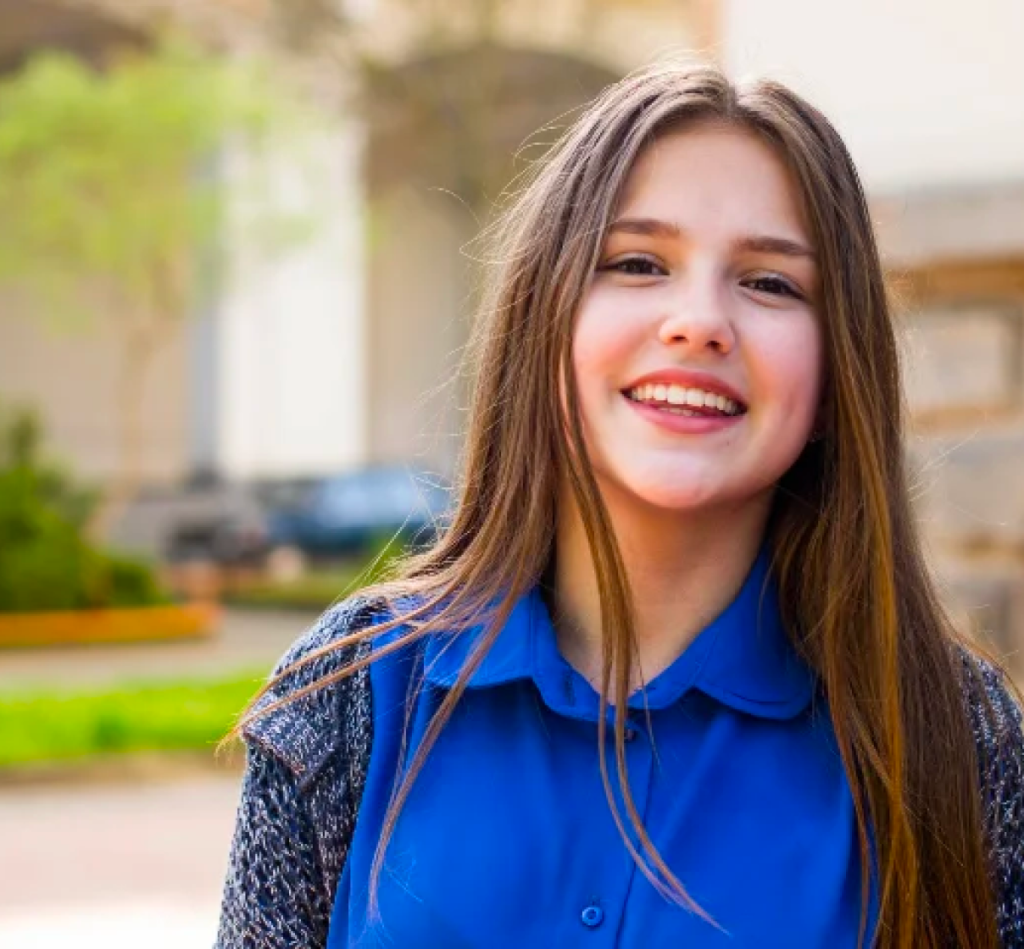
Sources
- American Migraine Foundation. (n.d.). Pediatric migraine.
https://americanmigrainefoundation.org/living-with-migraine/pediatric-migraine/ - American Migraine Foundation. (2018, March 15). Understanding Pediatric Migraine.
https://americanmigrainefoundation.org/resource-library/pediatric-migraine/ - American Migraine Foundation. (2023, March 01). Understanding Migraine With Aura.
https://americanmigrainefoundation.org/resource-library/understanding-migraine-aura/ - American Migraine Foundation. (2022, March 17). Migraine Prodrome: Symptoms and Prevention.
https://americanmigrainefoundation.org/resource-library/migraine-prodrome-symptoms-prevention/ - American Migraine Foundation. (2018, February 22). Migraine Hangover. https://americanmigrainefoundation.org/resource-library/migraine-hangover/
- Mayo Clinic. (2021, July 02). Migraine.https://www.mayoclinic.org/diseases-conditions/migraine-headache/symptoms-causes/syc-20360201
- American Migraine Foundation. (2019, March 21). Migraine Through A Woman’s Life.
https://americanmigrainefoundation.org/resource-library/migraine-through-a-womans-life/ - The Migraine Trust. (n.d.). Genetics and migraine.
https://migrainetrust.org/understand-migraine/genetics-and-migraine/ - American Migraine Foundation. (n.d.). Top 10 migraine triggers.
https://americanmigrainefoundation.org/resource-library/top-10-migraine-triggers/ - Cleveland ClinicMigraines in Children. Retrieved from.
https://my.clevelandclinic.org/health/diseases/9637-migraines-in-children-and-adolescents
Safety Information
DISCLAIMER
It is highly recommended that you consult your doctor before taking any action based on the information above. This content does not constitute medical advice or a recommendation.
INDICATION FOR USE
NerivioTM is indicated for acute and/or preventive treatment of migraine with or without aura in patients 12 years of age or older. It is a self-administered device for use in the home environment at the onset of migraine headache or aura for acute treatment, or every other day for preventive treatment.
CONTRAINDICATIONS
NerivioTM should not be used by people with uncontrolled epilepsy, an active implantable medical device, such as a pacemaker, hearing aid implant, or any implanted electronic device. Such use could cause electric shock, electrical interference or serious injuries or medical conditions."
IMPORTANT SAFETY INFORMATION
For full user instructions and safety information, please see the NerivioTM User Manual.
Talk to your doctor to see if NerivioTM is right for you.


